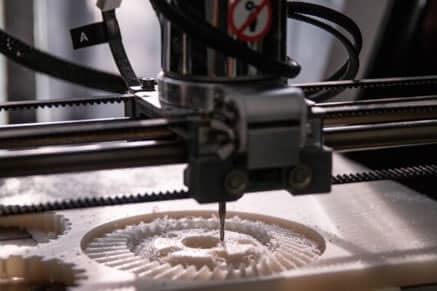
In the realm of manufacturing, two pivotal processes that often intersect are metal stamping and CNC machining. While both techniques boast their unique strengths and applications, understanding their interplay and distinctions is essential for industries relying on metal parts production, such as automotive, aerospace, and electronics.
Understanding Metal Stamping
Metal stamping is a manufacturing process that employs dies and high-force presses to shape metal sheets into specific forms. This method is particularly revered for its efficiency in mass production, allowing for the rapid creation of uniform, complex parts. The automotive industry, for instance, relies heavily on metal stamping for parts like panels, brackets, and various structural components.
Exploring CNC Machining
CNC machining, on the other hand, is a subtractive process where material is removed from a solid block using various cutting tools to achieve the desired shape. This method is celebrated for its precision and versatility, capable of producing components with complex geometries and tight tolerances that are crucial in high-stakes applications like aerospace and medical devices.
Synergy and Distinction
While both processes are employed in manufacturing metal parts, they cater to different needs and stages of production. Metal stamping is most cost-effective for large volumes, where the high initial costs of die development are offset by the low per-unit cost over many parts. It’s the go-to choice for simpler or flatter parts when thousands or millions are needed.
CNC machining doesn’t require expensive dies, making it more suitable for low-volume or complex parts where the intricacies or three-dimensional features cannot be achieved through stamping. It’s ideal for prototypes, custom parts, or any application where precision and customization are paramount.
Integrative Approach in Manufacturing
Innovative manufacturers often integrate both metal stamping and CNC machining to leverage the strengths of each. For instance, a part might be stamped to get a basic shape before it undergoes CNC machining for detailed features, combining the cost-effectiveness of stamping with the precision of CNC machining.
This integrated approach can also be crucial when a stamped part requires additional features that stamping alone cannot accomplish, like specific surface textures, intricate details, or tighter tolerance areas. Here, CNC machining steps in to refine and perfect the stamped component.
Choosing the Right Process
The choice between metal stamping and CNC machining—or the decision to integrate both—depends on various factors like production volume, part complexity, material choice, and cost constraints. While metal stamping excels in high-volume production of simpler parts, CNC machining provides the flexibility and precision needed for complex or lower-volume parts.
Understanding the nuances and applications of metal stamping and CNC machining allows manufacturers to make informed decisions that optimize quality, efficiency, and cost. By recognizing the complementary nature of these processes, manufacturers can harness the best of both worlds to produce metal parts that meet stringent quality standards and cater to the dynamic needs of industries like automotive, aerospace, and electronics. In the evolving landscape of manufacturing, the synergy between metal stamping and CNC machining continues to drive innovation, precision, and excellence.
XTJ is a leading OEM Manufacturer that is dedicated to providing one-stop manufacturing solutions of 303 steel,304 steel from prototype to production. We are proud to be an ISO 9001 certified system quality management company and we are determined to create value in every customer relationship. We do that through collaboration, innovation, process improvements, and exceptional workmanship.

